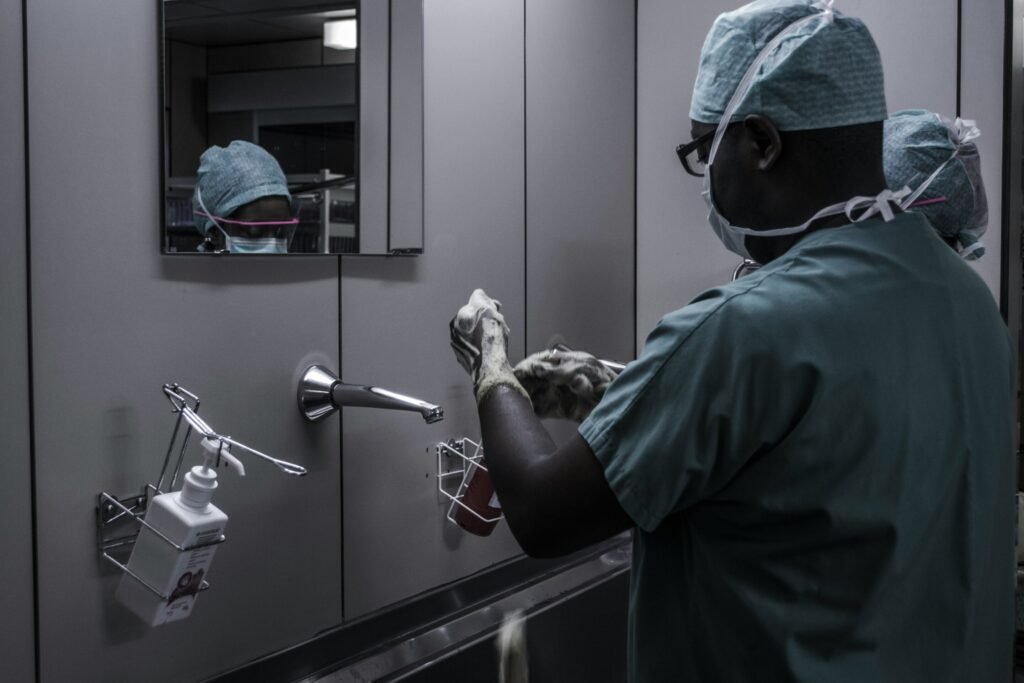Hospital-acquired infections, also known as health-care-associated infections (HAIs), are a significant concern in medical facilities worldwide. Despite rigorous cleaning protocols, these infections continue to pose a threat to patients, leading to increased healthcare costs and even death.
A recent study conducted at a modern university hospital in Majorca, Spain, shed light on the presence of dangerous bacteria in hospital sink drains. The researchers found that despite impeccable cleaning procedures, bacterial populations in the sink drains changed over time, highlighting a global problem in controlling bacterial growth in these hard-to-disinfect areas.
The hospital in question follows state-of-the-art cleaning protocols, including routine cleaning with bleach, disinfection with chemicals and pressurized steam, and annual hyperchlorination of drainpipes. However, the study revealed that bacterial diversity in the sink drains fluctuated with no clear pattern, indicating that the drains may serve as reservoirs for various pathogens.
The researchers identified a total of 67 different bacterial species in the sink drains, with some wards showing higher diversity than others. Notably, the new intensive care unit, despite being recently opened, exhibited a high level of bacterial diversity comparable to its longer-established counterpart. Pathogens such as Pseudomonas aeruginosa and various species of Stenotrophomonas, Klebsiella, and Enterobacter were among the bacteria found in the drains, some of which displayed antibiotic resistance.
Of particular concern was the detection of the blaVIM gene in some P. aeruginosa strains, conferring resistance to carbapenems, a class of antibiotics commonly used against multidrug-resistant infections. This finding underscores the potential for hospital sink drains to harbor antibiotic-resistant bacteria, posing a serious risk to immunocompromised patients.
The study concluded that while cleaning protocols are crucial in preventing the spread of harmful bacteria, further research is needed to understand the sources of these pathogens and their routes of transmission. By addressing these underlying factors, hospitals can better mitigate the risk of HAIs and improve patient safety.
For more information on the study, you can refer to the published article in Frontiers in Microbiology (DOI: 10.3389/fmicb.2024.1501170). Stay informed about the latest developments in healthcare and infection control to protect yourself and your loved ones from the dangers lurking in hospital environments.


